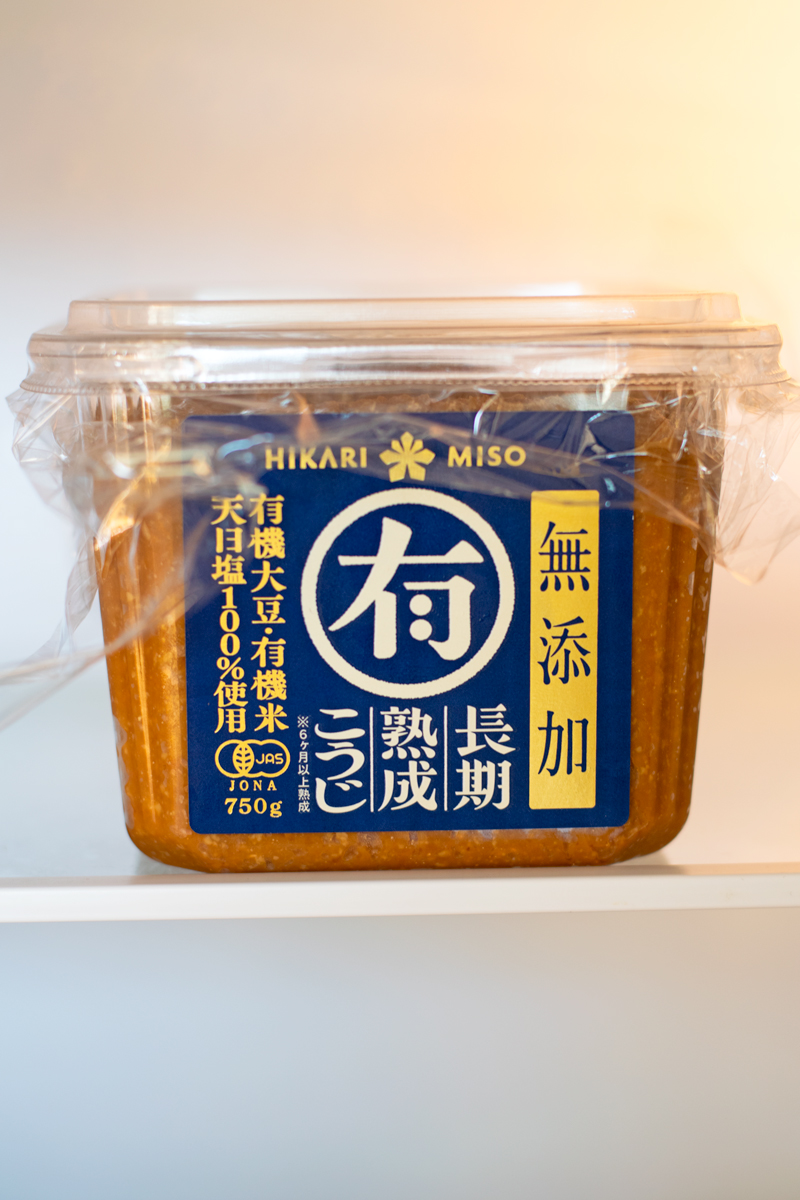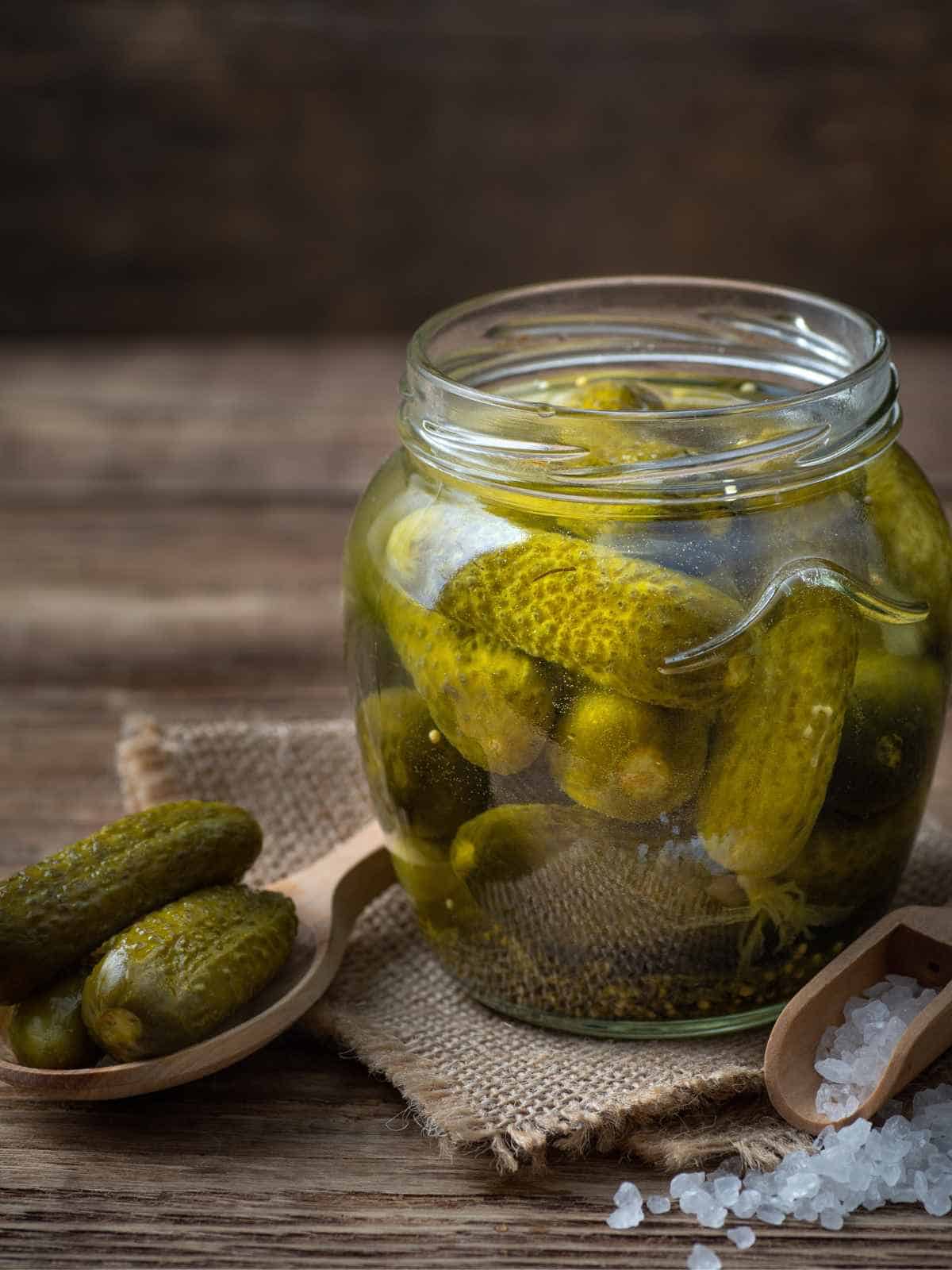Does sauerkraut go bad? Exploring its shelf life
– Homemade sauerkraut should be eaten within a month of opening if not refrigerated.
– Unopened sauerkraut should be eaten before the “Best By” date.
– Homemade or pasteurized sauerkraut can be kept at room temperature in a tightly sealed container, but should be consumed soon after opening to prevent it from drying out.
– Refrigerated sauerkraut can stay fresh for about four to six months after opening.
– Signs that sauerkraut has gone bad include a weird off-smelling yeasty or moldy aroma, a different color or texture, and the presence of blue or green fluff (indicating mold).
– Sauerkraut has a shelf life and doesn’t keep forever.
– Sauerkraut can be frozen, but it will affect the texture.




